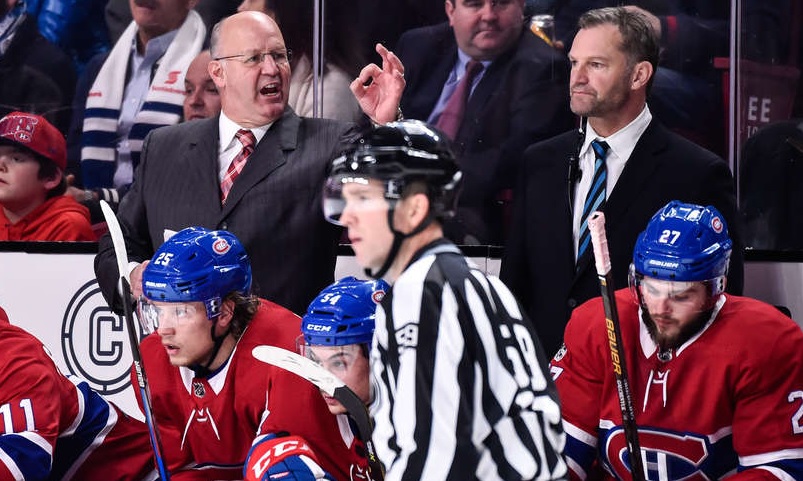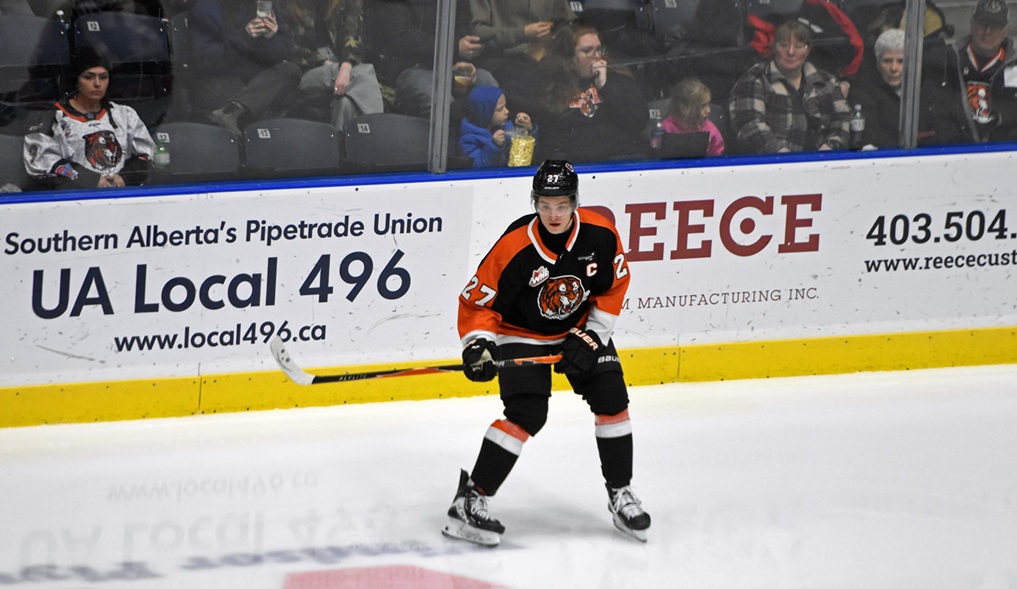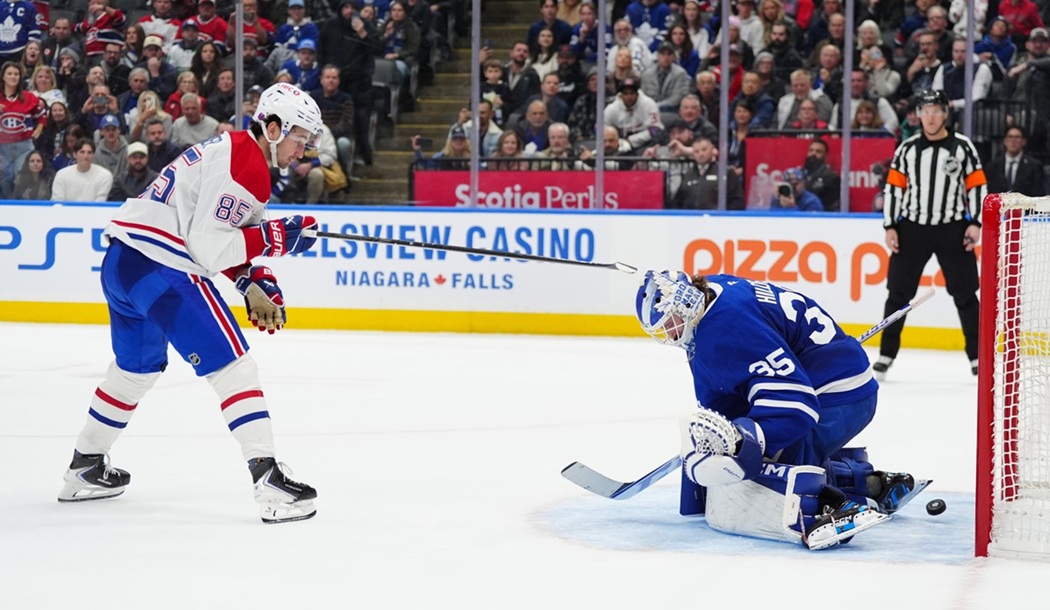HabsWorld.net --
As of today, the Montreal Canadiens sit 12th in the Eastern Conference. This is essentially a no-man’s land in terms of the standings as their 32 points in 33 games has them only three points ahead of the 15th place Florida Panthers with the Buffalo Sabres well out of it at 23 points. This is also a no-man’s land because the identical three points positively brings the Habs into a tie with the Carolina Hurricanes and Philadelphia Flyers for 10th place. That same three points also puts them within striking distance of 3rd place in the ultra-weak Atlantic Division and the Boston Bruins. This means that between now (33 GP) and February 26th (22 games from now, the trade deadline), the Habs have to figure out if they are buyers or sellers. Are they looking at the points ahead, or the few points behind?
This entire premise seems crazy considering three months ago, most fans and media were talking about a lateral offseason that was likely to prevent the team from being true contenders. How does a team fall this far, this fast? And the luck narrative is complete garbage. The Habs boast an overall -16 goal differential. They are slotted exactly where they should be according to the numbers. One of the main faults so far this season has been the ability to bounce back after allowing goals. Many have heard the number of games it has happened in, but consider that it has happened multiple times in one game. Looking at the entirety of their season, I found that 15 times in 33 games, the Habs have allowed back-to-back goals. What gives? When looking at those numbers, it seemed clear to me that someone has to be at fault in this situation.
I started by looking in the net. In the unmeasurable category, Antti Niemi has allowed two quick goals once in his three appearances. Likewise, it’s happened three times in Al Montoya’s four appearances. Charlie Lindgren did fare better in this regard as he only allowed this to happen twice in eight games. This leaves Carey Price, who has allowed consecutive goals in nine of his 21 games this season. This number appears high, but considering it represents roughly 42%, which represents the same number as 15/33, I figured that Price’s season is a good starting point for explanations, but definitely not an outlier to explain this situation.
Next was the blueline. This was a bit trickier to identify since one has to consider the rotating door that has been the bottom of the roster, along with ice-time distribution. David Schlemko has yet to be on the ice for the second goal against, but considering his late arrival and his overall amount of games played, his stats are still too limited to consider. Defenders which have been victimized by this occurrence only twice include Joe Morrow (twice in 17 GP), and the players no longer with the team in Brandon Davidson and Mark Streit. Karl Alzner has been the best regular on the roster, being only a victim to this play on three occasions all season. Victor Mete is a close second as he’s only been on the ice four times during the second goal, although one has to consider his limited ice time. This leaves the current topthree3 as Shea Weber has been on the ice five times, Jeff Petry six, and Jordie Benn eight. What this says to me is that the Petry-Benn unit was partially to blame and was kept together for far too long. But this again only explains a small portion of the problem.
Finally, the forwards. If Price and Benn hold a part of the responsibility, there’s still a solid portion of the blame that needs to be accounted for. The forwards will hold the answer! Some players on the team are known to be defensively weak, so they are likely to blame. Looking at Alex Galchenyuk and Charles Hudon, both players had only been on the ice four times when this happens. Looking at some of the coaches’ favourites, one can see that all of Jonathan Drouin, Phillip Danault, Max Pacioretty, and Andrew Shaw have all been on the ice for six of those second goals against. Everyone likes to pile on Tomas Plekanec, but he’s been on the ice for only one of those goals.
Considering that many of the numbers highlighted above appear to be rather inconclusive, it appears that the blame can only be pointed in one spot, and that is behind the bench. What will the coaching staff do to prevent this problem from continuing? Something has to be done. With only a small gap separating the team from the playoffs, current mediocrity, and complete disaster, this coaching staff has little time to figure this out and make sure that their team is ready to start games, ready to play games (as complete nights off have also been a problem this season), and ready to respond and react to adversity. The Canadiens opted for Claude Julien over Michel Therrien. I’ve always been in favour of the move, but the results and overall team indicators suggest that very little positive change has actually occurred from the change. How long will that be allowed to continue? Looking at the situation in Laval, one might suggest that current management may accept mediocrity if management does not feel threatened. Maybe it’s time to place pressure there?


